In the perfect world, the best dog recall training concludes with you able to let out a call and a whistle and your dog rushing towards you. But that’s not always the reality.
Our dogs love to explore — sometimes leaving a significant gap between us and them. That kind of independence is good! But it’s anxiety inducing when your dog becomes too far from you and you aren’t sure your call can make them come back.

It’s important that before we let our pets roam freely, we need to assure that wherever they are and whatever that do, with just one call they’ll come back to you.
The foundation of teaching recall training to dogs is this: your dog should know that you calling out to them is ALWAYS a good thing.
How do you practice dog recall that makes your dog come back to you every time? Read on to learn more.
Key Takeaways:
- There’s power in giving random treats to your dog when you’re doing recall training.
- When recall training, you have to trust your dog that he will come back to you when you call.
- Giving clear and consistent commands can increase the success of recall training.
JOIN MY FREE REACTIVITY CLASS
Table of Contents:
- What Makes Dog Recall Training Fail AKA Why Your Dog Isn’t Listening To You
- How to Teach Dogs Recall Training with Treats – Tips From a Top Dog Trainer
- The Power of Giving One Clear Command
- How to Improve Recall Training with a Professional Dog Whistle
- 9 Dog Recall Training Rules That Will Change How Your Dog Reacts To Your Call
- Factors That Make Recall Training for Dogs Not Work
- How Long Does Recall Training Take?
- Daily Activities for Recall Training for Dogs
- Conclusion: Recall Training is Your Call!
What Makes Dog Recall Training Fail? AKA: Why Your Dog Isn’t Listening to You
“Dan, I try calling and whistling and my dog isn’t responding. I have to chase him to ensure he’s safe and get him home.”
This scenario is common to me: dog owner starts recall training and doesn’t get any results. Dogs ignore recall training by not responding, or running away even more.

But what makes dogs not listen to recall? What makes a recall not work at all?
The answer is this: dog recall training fails when owners don’t build confidence in dogs that being called in is always A GREAT THING.
LEARN THE DOG CALMING CODE (FOR FREE)
As A Dog Trainer, My Biggest Dog Recall Training Tip Is To Only Use Recall For Rewards And Not For Punishments
The best way on how to recall train a dog is to make the recall really good news. Helping your dog associate recall with perks can make training easier.
(I talk about my unconventional strategy in the video below.)
When they are called in, it should always mean REWARDS; be it hugs, treats, or play time!
Once we have established positive association with recall, it will be much easier to call our dogs in.
Since Your Dog Will Be Distracted By The Outdoors, You Have To Make Sure Your Recall Has Something Exciting To Offer
Another rule I have for a successful recall training is this: always making sure that my dogs will get a treat or a reward THAT THEY LOVE!

The outdoors is exciting! Our dogs will be busy chasing around birds and jumping on puddles.
We have to make sure that when we use the whistle or the call, we have something that they love!
They’ll come running to us EVERY TIME with this strategy.
FREE REACTIVITY MASTERCLASS
How to Teach Dogs Recall Training with Treats – Tips From a Top Dog Trainer
Over the years, I have learned of a super successful strategy for recall training that made dog owners say
“Wow! Dan, you totally made him come back!”
Will you be surprised if I tell you my recall training is inspired by the slot machines at the casino?
How to Use Treats in Recall Training: What Works the Best
Like what I mentioned above, you need to remember the two things that make recall training work:
a.) Dogs need to know that when you call, it’s always for something good.
b.) They should know that if they come, a delicious treat is waiting!

Now here’s my Number #1 tip: GIVE RANDOM REWARDS.
People Keep Coming Back to the Slot Machines Because of the Jackpot. You Can Use This In Rewards for Recall Training
Before I start recall training for dogs, I always let my dogs see the rewards they’re going to get when they come to me.
It’s like letting them know “There’s a jackpot here!”
In a bag, I would have my dog’s favorite treat. Let’s say they like chicken. I would mix it in with other great treats like cheese and bacon.
Then I would let my dog smell the bag to let him know a treat is waiting for him when he comes back.
GET MY 5 GOLDEN RULES FOR FREE!
Give Their Favorite Treats Randomly
“But Doggy Dan, will my dog like it if I don’t give my dog his favorite treats every time?”
One of the biggest misconceptions when using treats in dog recall training is that the more we give them their favorite treat, the more they will come back.

If we go back to slot machines, will it still be exciting if we get a dollar for every dollar we put in? Over time, it will become boring.
Your dog’s favorite treat will feel ordinary when they get it every single time.
“Ehh. My mom is calling. I’m going to get cheese again. Let me chase that butterfly one more time.”
Now compare it to giving their favorite treats randomly!
They will come back again and again because they’ll be waiting for that golden jackpot — that favorite treat among the treats.
Every time you call, they will be thinking “I could be getting cheese this time!” and they’ll be running to you swiftly!
The Power of Giving One Clear Command
How many different names, phrases, or tones of voice do you employ when summoning your dog?
Let's be truthful! Many individuals possess an assortment of commands. Some are used when the dog is in trouble, while others signal the arrival of a treat.

However, the reality is that this array of words, expressions, and vocal inflections only serves to confuse our dogs.
REVERSE REACTIVITY (FREE WEB CLASS)
Consistent Command = Consistent Message
Ideally, we should aim for a single word or phrase, consistently delivered in the same tone, whenever we want our dog to come. This word or phrase should signify “Come here, and I will reward you with food before allowing you to resume playing.”
The more varied our commands, voices, and sounds are, the more inconsistent the message becomes for our dog or puppy.

I understand that it's not always easy, but maintaining a calm demeanor and utilizing a consistent command, even when our dog fails to respond, is crucial for successful recall.
Refrain From Using Commands to Scold Your Dog
Above all else, refrain from scolding them upon their eventual arrival. Simply attach the leash and ignore any misbehavior.
It is remarkably easy to undermine a strong recall by angrily reprimanding them when they do come. This creates a detrimental cycle, making it even less likely for them to respond the next time they are called.

Therefore, remember this: The one clear command must convey the message “Come here, and I will reward you with food before allowing you to resume playing!”
How To Improve Recall Training with a Professional Dog Whistle
The whistle produces a consistent sound. Regardless of your frustrations, haste, or distress, when you blow the whistle, it emits a steady tone. Surprisingly, your dog responds remarkably well to this neutral sound.
Whistles are User-Friendly
Operating a professional dog whistle is a breeze (just be cautious with metal ones in extremely cold temperatures, as they may stick to your lips).
The sound of a whistle carries a great distance, much farther than your voice can travel. Voices do not carry well, particularly if you have a soft voice. The whistle I utilize can reach up to 500 feet, and it spares strain on your vocal cords!
REACTIVITY SOLVED (NO FOOD, NO FORCE)
Whistles Are Easy to Hear
Effective dog whistles operate at a high frequency, making it effortless for dogs to detect while remaining gentle on human ears.

The high-pitched tone also cuts through background noise, such as people shouting, wind, and the rustling of trees and bushes, due to its unique sound.
Using a Whistle Preserves Your Voice
You will never again need to shout or raise your voice in front of others.
Also, the fastest way to establish a reliable recall is to begin anew with a distinct sound. The whistle grants us this opportunity.
If you’re just starting whistle training for dog recall, or if you want to use the whistle the right way, you can check out my Whistle Training Masterclass. This training course will help you master the right way to use the whistle in no time. Free whistle included!
9 Dog Recall Training Rules That Will Change How Your Dog Reacts To Your Call
Whether you’re starting recall training for dogs, or you want to teach recall better to your dogs, here are some helpful rules to remember.
Rule #1: Avoid Giving Special Treats Freely
Remember, it's important not to offer special treats to your dog too freely and frequently.
By keeping these rewards limited, you make them more valuable and maintain your dog's motivation to respond to your call.
Rule #2: Establish The Idea That Responding to a Call = Rewards
Create a strong association between your dog coming to you when called and receiving rewards. This helps them understand that coming to you promptly leads to positive outcomes, reinforcing their recall behavior.
GET THE DOG CALMING CODE™️.
Rule #3: Prepare Special Treats That Are ONLY for Recall Training
To make recall training extra enticing, prepare special treats that are exclusively reserved for these training sessions. This way, your dog will associate the unique treats with the recall command, making it even more rewarding for them.
Rule #4: Trust Your Dog
Have faith in your furry friend's abilities! Believe that they can successfully learn and improve their recall skills. Your confidence in them will positively influence their performance and reinforce a strong bond between you both.

Rule #5: Use a Line When Doing Recall Training
During recall training, consider using a long line or leash. This allows you to maintain control while giving your dog the freedom to explore and respond to your call. It provides a safety net and helps build a reliable recall even in distracting environments.
Rule #6: Use a Powerful, Familiar Command
Choose a clear and distinct command for recall, such as “Come” or “Here.” Consistency is key. By using the same command consistently, your dog will become familiar with the recall cue and respond accordingly.
Rule #7: Increase Motivation By Letting Them Know Hard Work Produces Treats
Boost your dog's motivation by letting them know that their hard work during recall training leads to tasty treats. Reinforce the idea that their efforts are rewarded, encouraging them to come to you eagerly and promptly.

Rule #8: Only Call When Necessary
Avoid overusing the recall command. By only calling your dog when necessary, you prevent diluting the importance and effectiveness of the recall cue. Reserve it for situations that require their immediate attention or potential danger.
Rule #9: Use a Professional Recall Whistle
Consider incorporating a professional recall whistle into your training routine. These whistles produce a consistent and easily distinguishable sound that carries well, ensuring your dog can hear it even from a distance. It provides a fresh start and a unique signal for recall training.
Now I know choosing the best dog recall whistle can be a tough choice. Believe me — I have tried every type of professional dog whistle for recall.
As a dog trainer, I always make sure to recommend the one that checks all the boxes. This is why I decided to design and manufacture a dog whistle that truly addresses dog recall issues of thousands of dog owners. You can check it out here!
GET PUPPY COACH™️
Factors That Make Recall Training for Dogs Not Work
Factor #1: Inconsistent Reinforcement
One common reason for recall training failure is inconsistent reinforcement. If rewards are not consistently given when the dog responds to the recall command, they may not associate coming when called with positive outcomes. This inconsistency can confuse the dog and undermine the training progress.
Factor #2: Lack of Motivation
Dogs may fail to respond to recall commands if they do not find the rewards or reinforcement offered during training sessions motivating enough.

It's essential to understand what truly motivates your dog, whether it's treats, playtime, praise, or a combination, and use those incentives effectively during training.
Factor #3: Insufficient Training in Different Environments
Recall training conducted solely in a controlled or familiar environment may not translate to real-life situations.
Dogs need exposure to various environments, distractions, and stimuli to generalize their recall behavior. If training is limited to one setting, dogs may struggle to respond reliably in new or stimulating environments.
Factor #4: Ineffective Communication
Dog communication breakdowns can hinder recall training.
If the dog does not understand the recall command clearly or if the owner uses inconsistent cues or body language, the dog may become confused or unsure about what is expected.

Clear and consistent communication is vital for successful recall training.
LEARN THE DOG CALMING CODE (FOR FREE)
How Long Does Recall Training Take?
When it comes to dog recall training, the duration of the training process can vary from dog to dog.
Dogs, like humans, require time to adapt to new skills and behaviors, and recall training is no exception. Consistency plays a crucial role in achieving success.
Recall Training Truth #1: Recall Training Takes Time
First and foremost, it's important to understand that dog recall training is not an overnight accomplishment. Dogs need time to grasp the concept and fully integrate the recall behavior into their routines. Patience is key during this process.

Recall Training Truth #2: Consistency is Key
Consistency is a vital factor in the effectiveness of dog recall training. Regular and consistent training sessions provide dogs with the opportunity to reinforce their understanding of the recall command.
It's not enough to practice the recall command occasionally or sporadically. Regular exercise of the recall behavior helps dogs build a strong association between the command and the desired action.
To achieve optimal results in dog recall training, consistent exercise is necessary.
Recall Training Truth #3: Practice Makes Perfect
Practice the recall command in various environments and situations, gradually increasing the level of distractions. This allows your dog to learn to respond to your call regardless of the surrounding stimuli.

By exposing your dog to different scenarios, you help them generalize the recall behavior, making it more reliable and applicable in real-life situations.
Recall Training Truth #4: Every Dog Is Different
It's important to note that the timeline for dog recall training can vary widely.
Some dogs may catch on quickly and demonstrate progress within a matter of weeks, while others may require more time and repetition to fully grasp the concept.
Remember, successful dog recall training is a journey that requires dedication, consistency, and patience.

With time, effort, and regular exercise of the recall behavior, you can establish a strong and reliable recall response from your dog.
Daily Activities for Recall Training for Dogs
Indoor Recall Practice
In a controlled indoor environment, call your dog's name followed by the recall command (“Come” or any preferred cue).
Use an excited and positive tone. When your dog comes to you, reward them with praise and a high-value treat. Repeat this exercise multiple times throughout the day.
JOIN MY FREE REACTIVITY CLASS
Leashed Recall Walks
During regular walks, incorporate recall training by periodically calling your dog to come to you. Start with shorter distances and gradually increase the distance over time.

Use treats or toys as rewards when they reach you promptly. This exercise strengthens recall skills while adding distractions and reinforcing the behavior on-leash.
Recall with Distractions
Find a quiet outdoor area with mild distractions, such as a park or a backyard.
Allow your dog some freedom to explore, but intermittently call them to come using the recall command.
Increase the difficulty by introducing distractions like toys or other dogs. Reward them generously when they respond promptly despite the distractions.
Hide and Seek Recall
Play a game of hide and seek indoors or in a securely fenced area. Have a family member or friend hold your dog while you hide. Once hidden, call your dog's name followed by the recall command. When they find you, reward them with treats and praise. This game makes recall training fun and reinforces their response to your call.
Recall at Mealtime
Incorporate recall training into your dog's mealtime routine. Before placing their food bowl down, call them using the recall command. When they come to you, reward them with their meal. This reinforces the recall behavior and adds value to responding promptly to your call.
FREE REACTIVITY MASTERCLASS
Conclusion: Recall Is Your Call
Dear dog owner, your dog loves you and will naturally come to you.
However, it isn’t enough to know our dogs will come back to us. We have to be assured that through our command, we can help them be safe.
I know recall might be a daunting task, but it’s a skill that will not only keep your dog safe. It’s a skill that can help you create a lasting bond and connection with your beloved dog.

Through consistency and the right strategy, you can make your recall training efforts yield successful results.
Best of luck with your recall training!

~ Doggy Dan




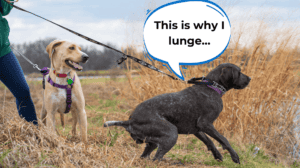
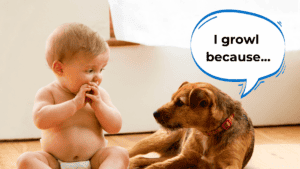
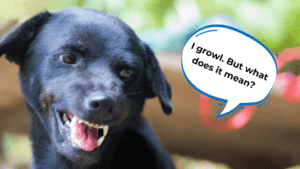

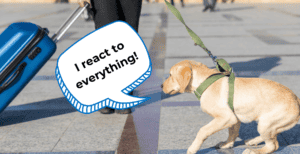
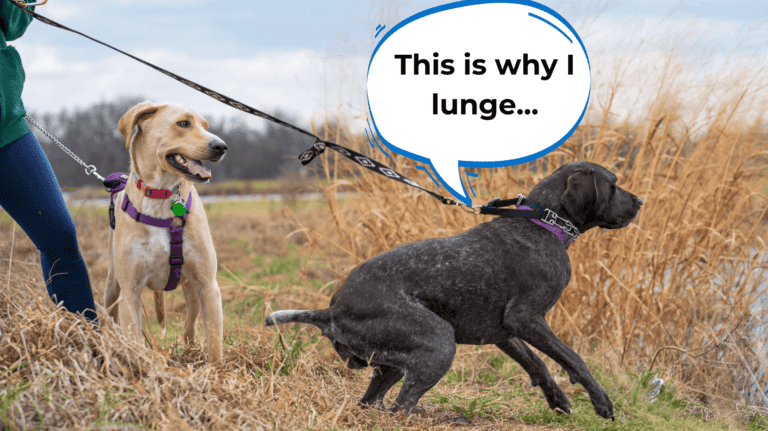
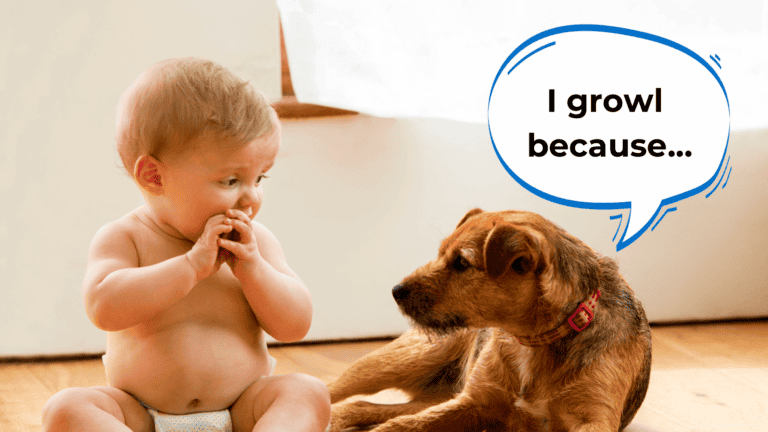
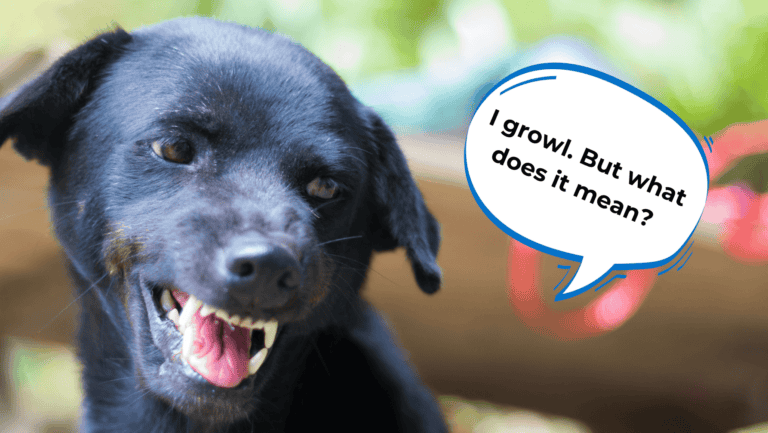

4 Responses
Our young beagle has recall problems!
He is seriously triggered by wild rabbits and scents. I hope the whistle and training will be the answer!
Also from the very beginning he has frozen in a harness, even though it is soft and breathable. He is becoming better on a leash after the first 10 minutes. Suggestions?!
Hi Emily,
First things first, make sure the harness fits your dog correctly. The shoulder joint should be totally free to move in it’s full range of motion (no straps across the shoulder), it shouldn’t cut in under the armpits or ribcage & you need to be able to fit a flat palm in between your dog and the harness at all points, especially along the spine……but it shouldn’t be too lose either!
If your dog is anxious about his harness then try scheduling some regular practice putting it on & taking it off. Call your dog to you, give a treat & calmly/quickly fit the harness….give another few treats and then calmly take it off again. Desensitising your dog to having his harness fitted is actually the first step to gaining better recall….it’s essentially a trust building exercise! My Whistle Training guide will also help with mastering good recall. All the Best, Doggy Dan
Thank you Doggy Dan. I appreciate all the tips you have on raising good dogs. I have made it through one year now but I have spoiled my sweet pomadoo. Love her so though.
Hi Shirley, remember that you can always get things back on track if you feel you need to! All the Best, Doggy Dan